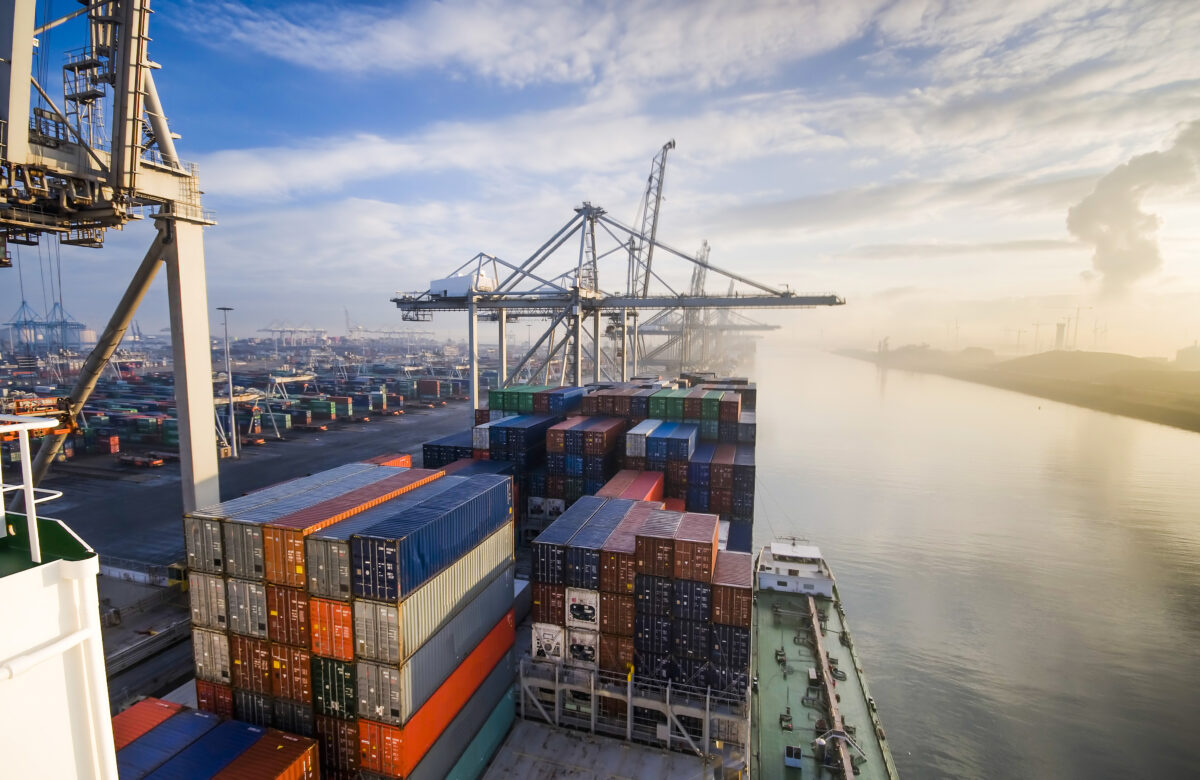The Commission’s implementing Regulation (EU) No 2018/603 establishes the classification of inflatable cushions in the Combined Nomenclature (CN). These plastic cushions (so-called wheelchair cushions) are to be classified under heading 3926 9097 as ³other goods of plastics`. Importers of these wheelchair cushions should urgently review and, if necessary, correct their handling practices.
Wheelchair cushion made of two inflatable plastic bags
Affected are inflatable cushions made of plastic with a dimension of approx. 40 x 40 cm, which consists of two rectangular air chambers connected to each other. Each of these air-filled chambers consists of a plastic bag covered with a silicone layer.
The shape of the cushion can be changed by changing the filling quantity of air. The change in the filling quantity means that the position of the plastic bag filled with air changes in the respective chamber as soon as you sit on the cushion.
The purpose of the product is to prevent the formation of pressure necrosis (pressure-dead tissue areas) and to improve comfort for the user by relieving the pressure on the seat bones.
Wheelchair cushions are “other goods made of plastic”
The inflatable wheelchair cushions are to be classified as ³other goods of plastics` under CN subheading 3926 9097.
A classification of the wheelchair cushions in heading 9404 as ³bedding and similar articles` is excluded, as inflatable cushions would not belong to that heading according to the notes to the CN.
A classification in heading No 8714 2000 as parts or accessories for wheelchairs and other vehicles for the disabled is also excluded, since inflatable cushions are not intended exclusively or mainly for wheelchairs or other vehicles for the disabled. The external characteristics and the possible uses would argue against exclusive use on wheelchairs or other means of transport for the disabled. The decisive factor for this result is that an inflatable cushion lacks the special equipment to attach it to wheelchair seats. The cushion was therefore not specially designed for such means of transport.
Furthermore, classification in CN code 8714 2000 as parts and accessories for wheelchairs and other vehicles for the disabled is excluded because the goods are neither required for the functioning of a means of transport nor extend the possible uses. The main function of such a means of transport would not be related to an inflatable cushion. An increase in comfort alone would not be sufficient for classification as part or accessory.
Since the plastic cushion gives the goods their essential character, they must be classified under heading No 3926 9097, irrespective of whether the goods are composed of other components. According to its material properties, the goods are therefore”other goods made of plastic”.
Validity for similar goods
The classification regulations only apply to goods which are identical to the above-mentioned goods, but could be used as an aid to classify similar goods.
Businesses should now verify whether their imports are affected by this Regulation. For example, binding tariff information (vZTA) issued to them could have become invalid due to the new classification regulations. Incorrect classification always carries the risk of criminal or fine-law consequences.
Have the classification of your pillows or similar items checked now.
Dieser Artikel wurde am 8. August 2018 erstellt. Die fachliche Zweitprüfung hat Rechtsanwalt Dr. Tristan Wegner durchgeführt.

